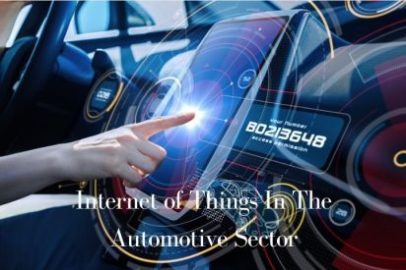The concept of the Internet of Things (IoT) is simple: Objects are connected to the Internet to send information from sensors or receive commands to perform specific actions. Gartner analysts forecast that the total number of IoT devices will rise to 20.8 billion. These networked devices make it possible to analyze large amounts of data that lead to better insight into business processes. Based on this, companies can improve their business model based on the data insights continuously and respond more closely to customer requests and offer them greater convenience. Today, for example, the Nest thermostat allows the heating to be set remotely,
The Internet of Things is also transforming business models in the automotive sector. The amount of data opens up numerous opportunities for fleet managers to optimize their vehicle maintenance. Leasing companies have access to critical real-time data, odometers, and diagnostic error codes to reduce vehicle maintenance cycles. In addition, they shorten the time to reuse after the lease expires.
With the help of telematics, car rental companies can automatically call up information about the vehicle’s fuel level at the vehicle return location so that staff no longer have to call up the data manually. In addition, localization data helps employees to find incorrectly parked vehicles. Virtual keys for locking and unlocking car doors with smartphones also increase user comfort, as there is no longer any need to manage physical keys in the office. Such measures reduce the processing time by the staff, which means less effort for customers and thus ensures greater satisfaction.
To be able to exploit all advantages fully, however, basic things must be observed for the industry: Since some of the mentioned measured values, such as odometer, fuel level, or diagnostic error codes, are not standardized but manufacturer-specific, technology providers must strive for interoperability and so must the design of their solution that systems can communicate and work with one another. With the help of an open platform and an “open car” concept, they can include networked vehicle systems, devices from third-party providers such as ADAC, and external sources such as the weather. The security aspect must also be a core component of all networked devices. Measures such as encrypted data transmission, Access control mechanisms, or vulnerability scans must be implemented across providers to ensure data protection. After all, data is the new currency of our digital age. Only those who can take advantage of the innovations they bring with them will ultimately benefit from their possibilities.
Also Read : Five Reasons Why Internet Of Things Projects Fail

